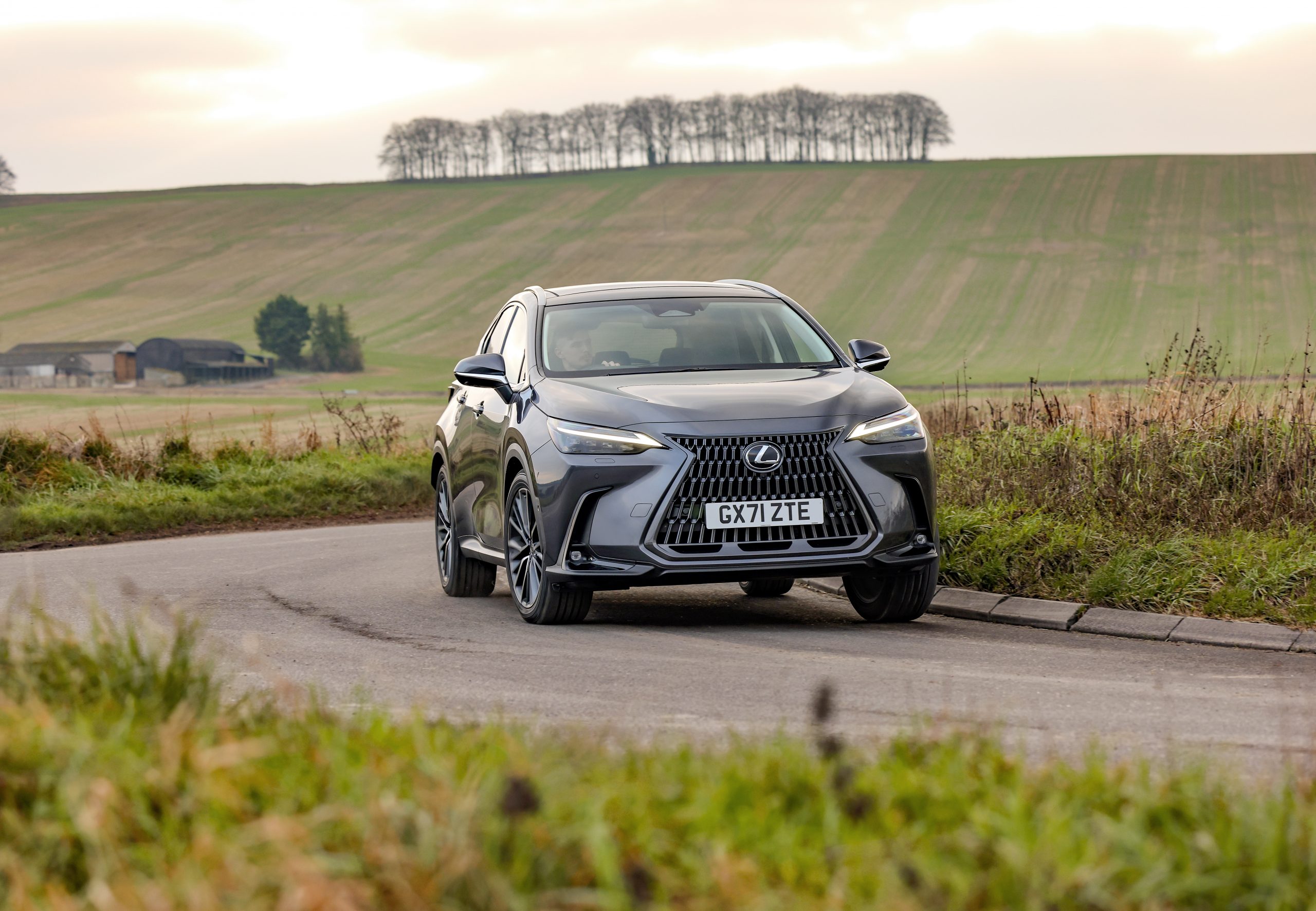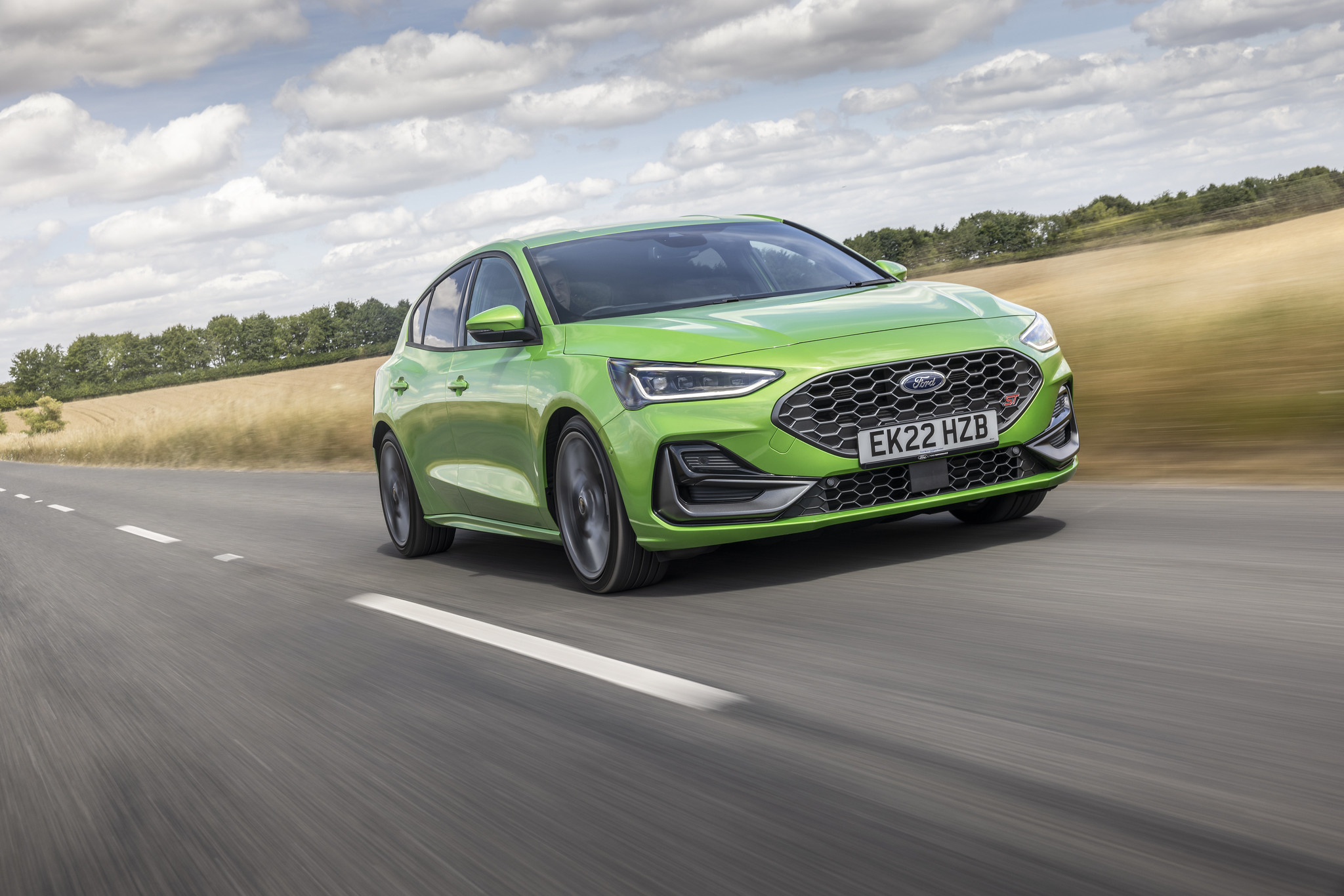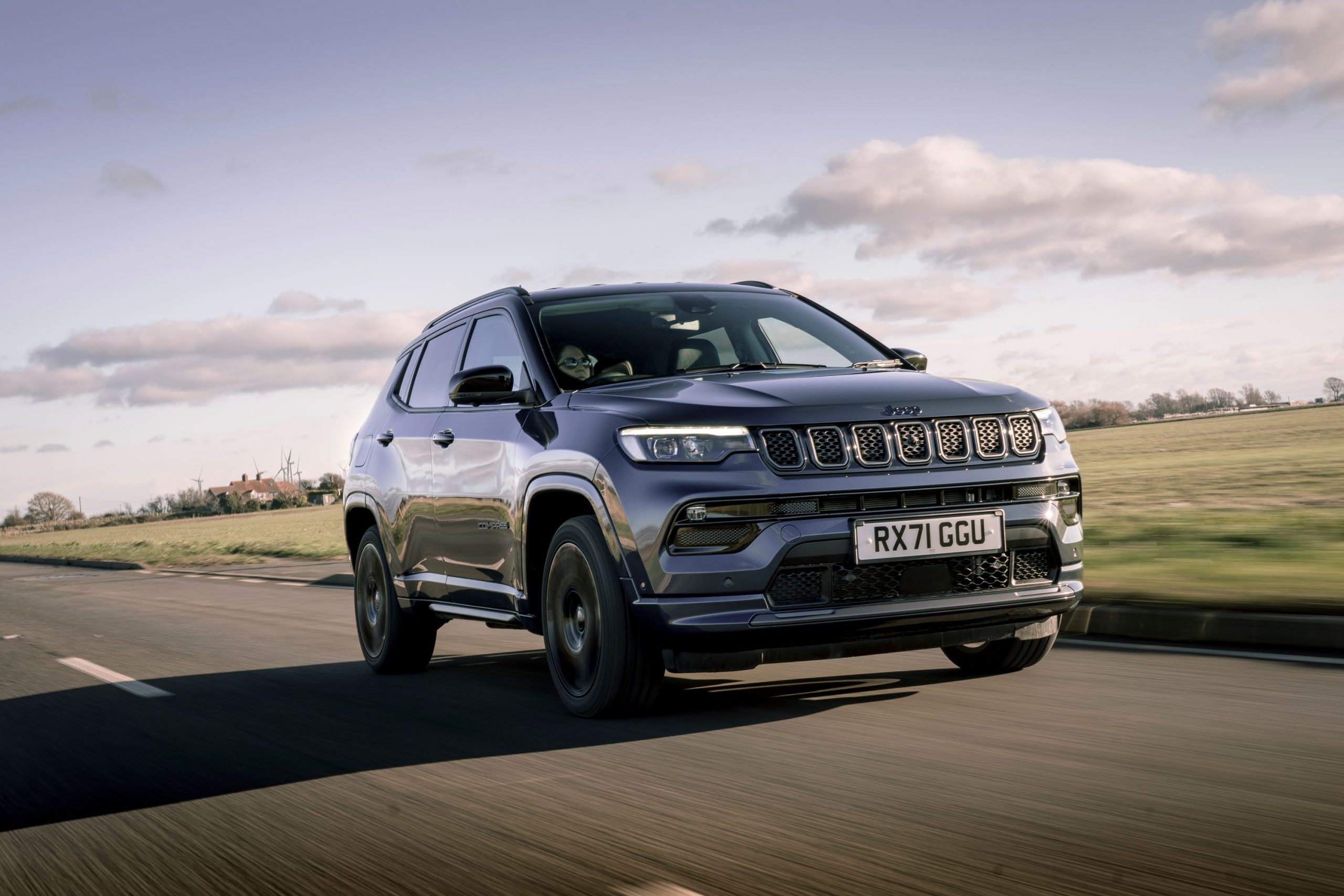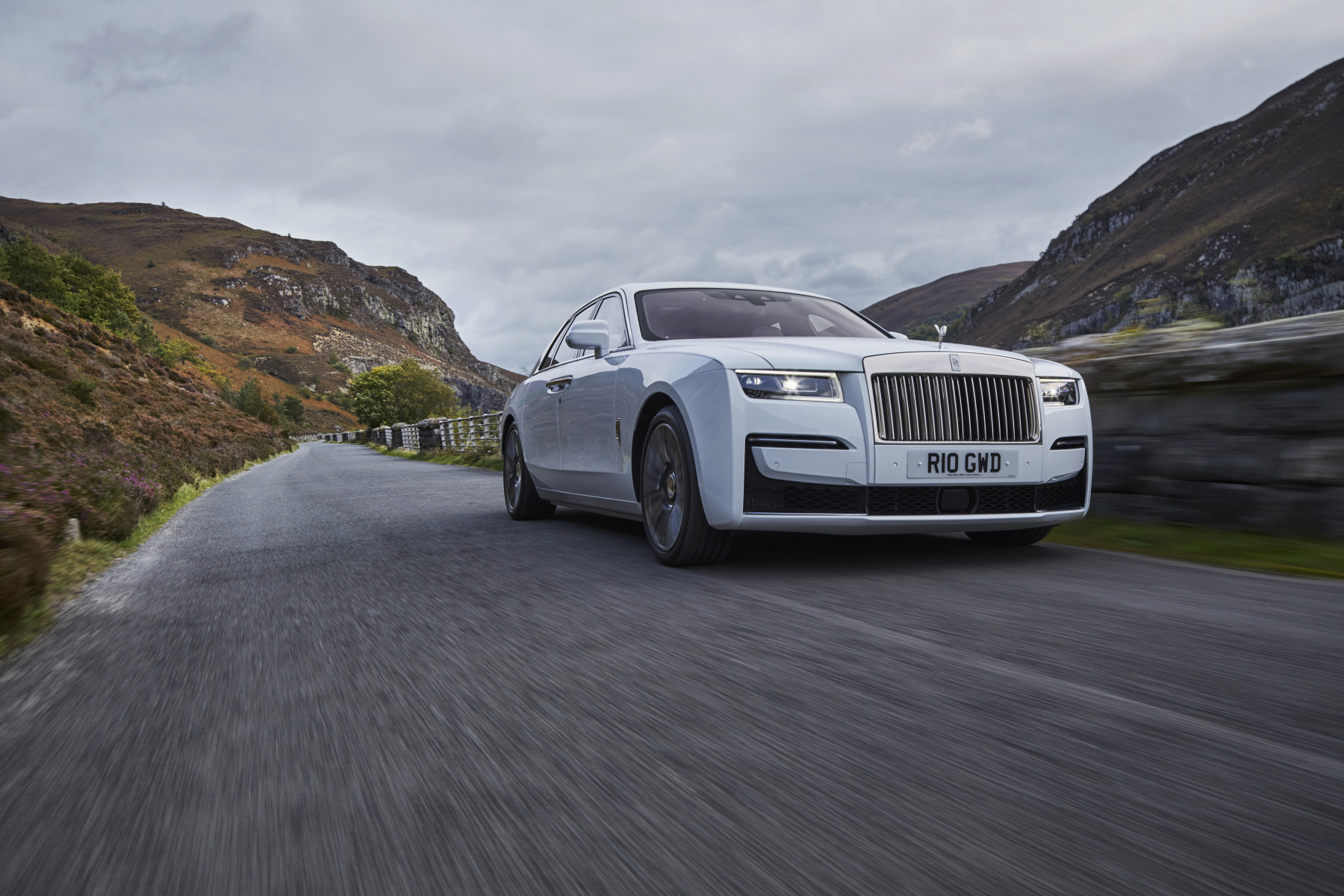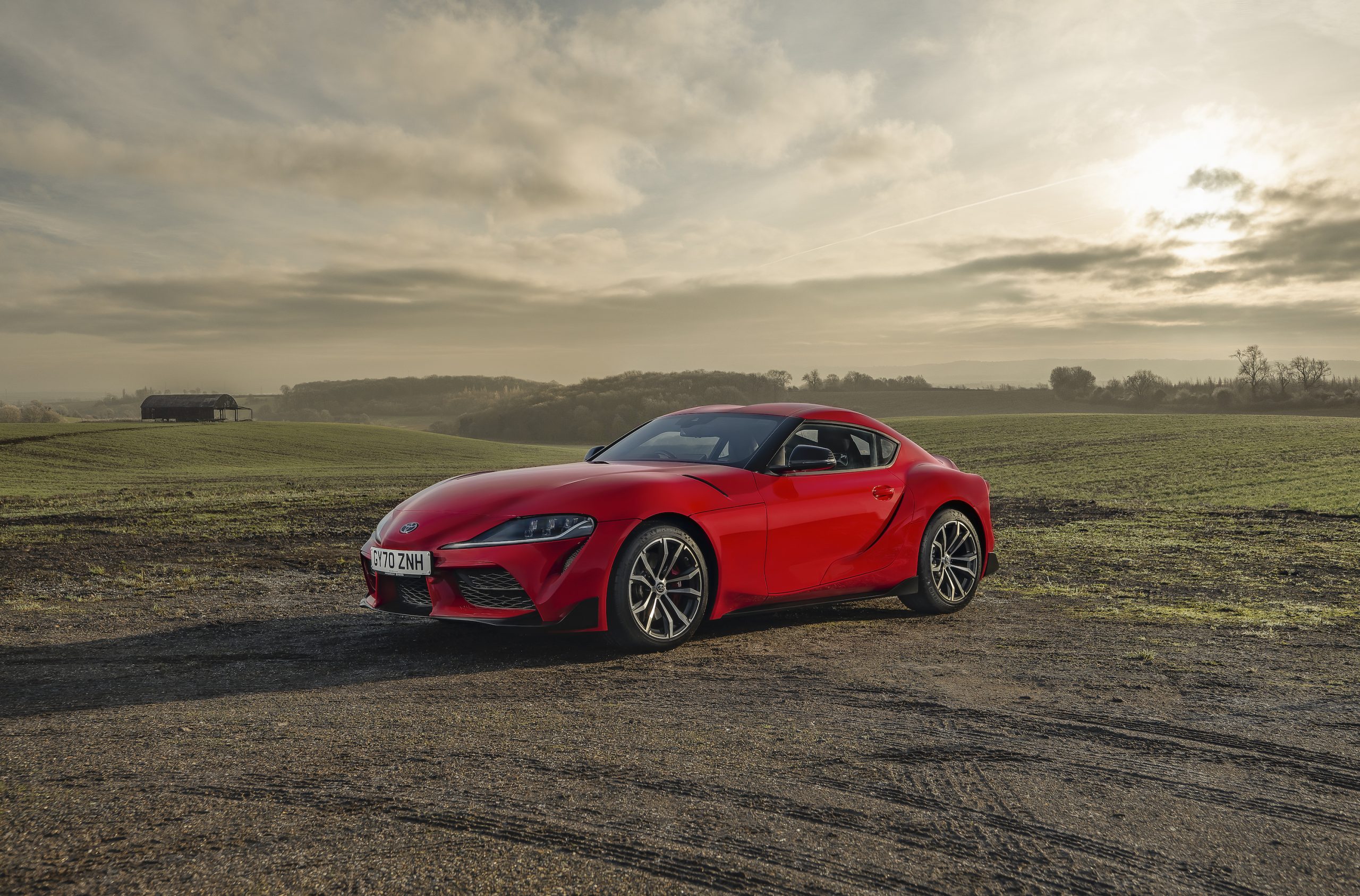The NX350h has been launched with a new plug-in hybrid engine as well as a regular hybrid version. JACK EVANS finds out what the latter is like.
Lexus has always been big on regular hybrids. It recently took a slight detour from this with the introduction of a plug-in hybrid version of the car we’re looking at today – the NX – but that hasn’t stopped Lexus from bringing out a regular variant too. It’s designed for those people who want the efficiency boost that a hybrid setup brings, but who might not have access to home charging.
But the question is; given the rampant take-up of full-electric and plug-in hybrid models, can this regular NX tempt buyers? We’ve been behind the wheel to find out.
We’re now into the second generation of the NX. Though it may look similar to its predecessor, there have been some sizeable changes made to ensure that the NX stays in the running with its premium SUV rivals – of which there are many. The NX has been Lexus’ best-selling car in Europe, so maintaining that popularity is crucial to the success of this model.

It’s why all the changes have been implemented in key areas. The interior features better quality materials, while a brand new infotainment system promises to be ‘as smooth and simple’ as using a regular tablet, according to Lexus.
Though this latest NX packs the fourth generation of Lexus’ hybrid electric technology, it follows a pretty similar recipe to other models. We’ve got a 2.5-litre four-cylinder petrol engine with 241bhp up front, which brings more power than its predecessor and claims a 0-60mph time of 7.5 seconds. Courtesy of front and rear electric motors, all-wheel-drive is also fitted as standard – a front-wheel-drive version is due shortly – while all power is sent through a CVT automatic gearbox.
Lexus claims that you should see between 44.1-47.9 depending on wheel size, while CO2 emissions stand at 136g/km.

Lexus has said that it has worked to increase driver engagement with this latest NX and, for the most part, it feels as though it has been a success. The whole car seems taught and well-judged and while the ride can feel a touch too firm at low speeds, it settles down when you reach the motorway. There’s reasonable visibility, while the safety assistance systems aren’t intrusive.
Again, as is the case with this powertrain in other vehicles, things are very loud under heavy acceleration. Attempting to gain any meaningful speed is accompanied by a real drone from the engine and gearbox. However, the flip side of this is that you drive in a more cautious manner to avoid this noise, so you end up getting better economy from the engine. That said, at slower speeds that combination of electric motors and petrol engine is at its most successful, giving you a serene, smooth driving experience.

Given that the NX has been such a huge success for Lexus, you can’t fault the firm for not messing with the car’s looks too much. In fact, they were always one of the strongest aspects of the NX and these good looks have, to our eyes, only been sharpened on this latest model. The newly designed spindle grille is really cool in the metal, while all of the cuts and slashes in the body panels help to give it a futuristic appearance.
At the rear, the new L-shaped LED lights help to keep things interesting and a full-width light bar ensures that the NX is keeping up with rivals – it’s becoming a design feature we’re seeing on plenty of new cars.

Things have taken a real turn upmarket inside the NX. There’s a far more coherent feel in the cabin, with Lexus saying that the number of switches has been reduced from 78 to 45. This is a good thing indeed, as the older NX was a little overladen with buttons and controls. However, physical buttons have been kept for aspects such as the temperature adjustment – a welcome feature that makes operating them much easier than having to delve into the touchscreen.
Our only issue is that the dials for the temperature, driving modes and starter button are all very similar in diameter – so it could be easy to press one when you wanted the other. However, all of the practicality bases have been well covered off; there’s plenty of leg and headroom for those sitting in the back, while a seats-up boot space of 545 litres – or 1,436 litres with them folded down – is more than enough for most.

Lexus is sticking to its guns with the hybrid system in the NX. For many people, it’ll make a huge amount of sense, particularly those who don’t have access to home charging and for whom a plug-in hybrid just wouldn’t work. It’s also far better inside than before and, thanks to some tweaks, better to drive than before – though the engine and gearbox drone under acceleration could still be improved.
In a heavily congested market, the NX definitely does enough to stand out. Though some rivals might be slightly more polished, the NX’s combination of head-turning looks, efficient running and plentiful equipment will likely tempt many.







